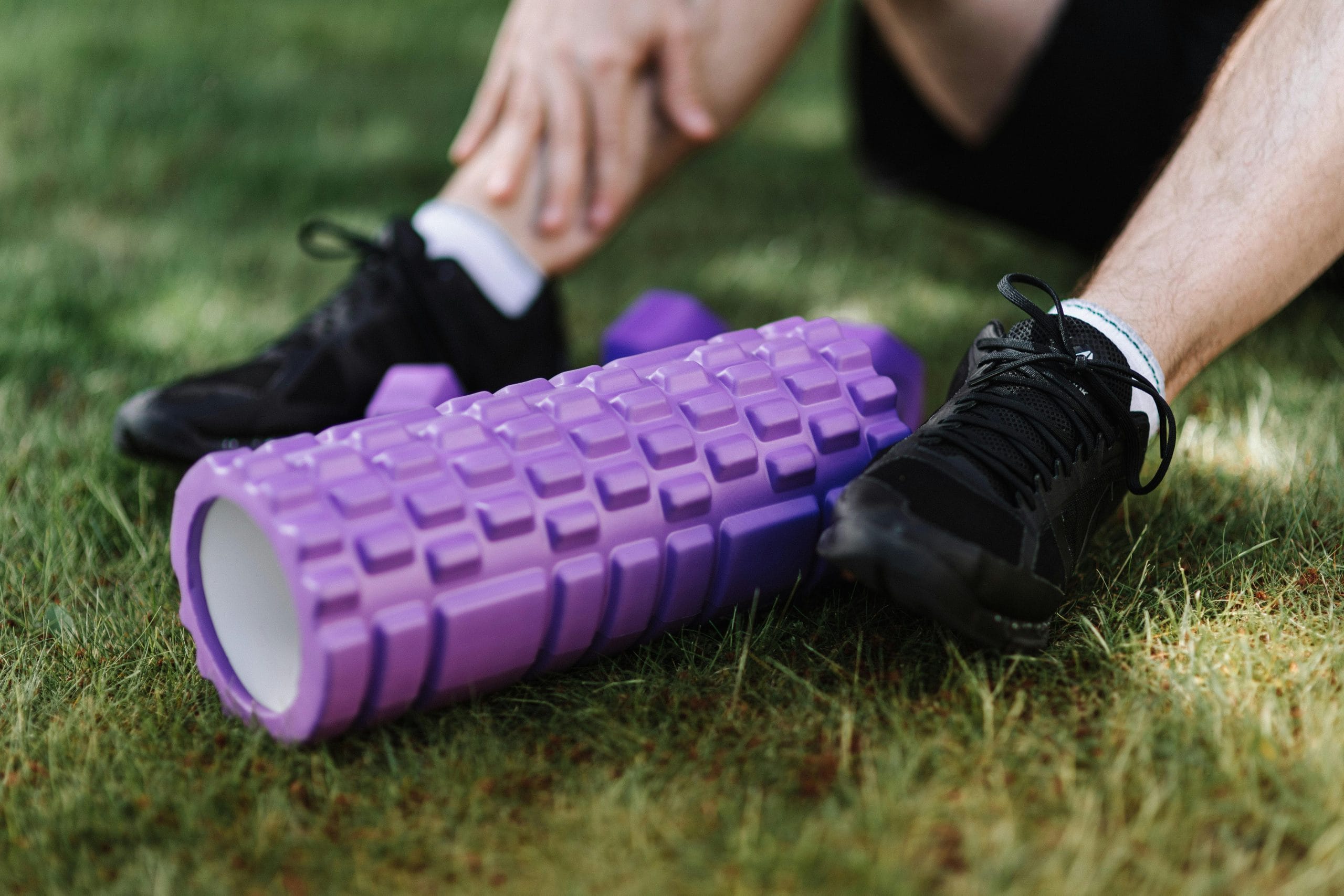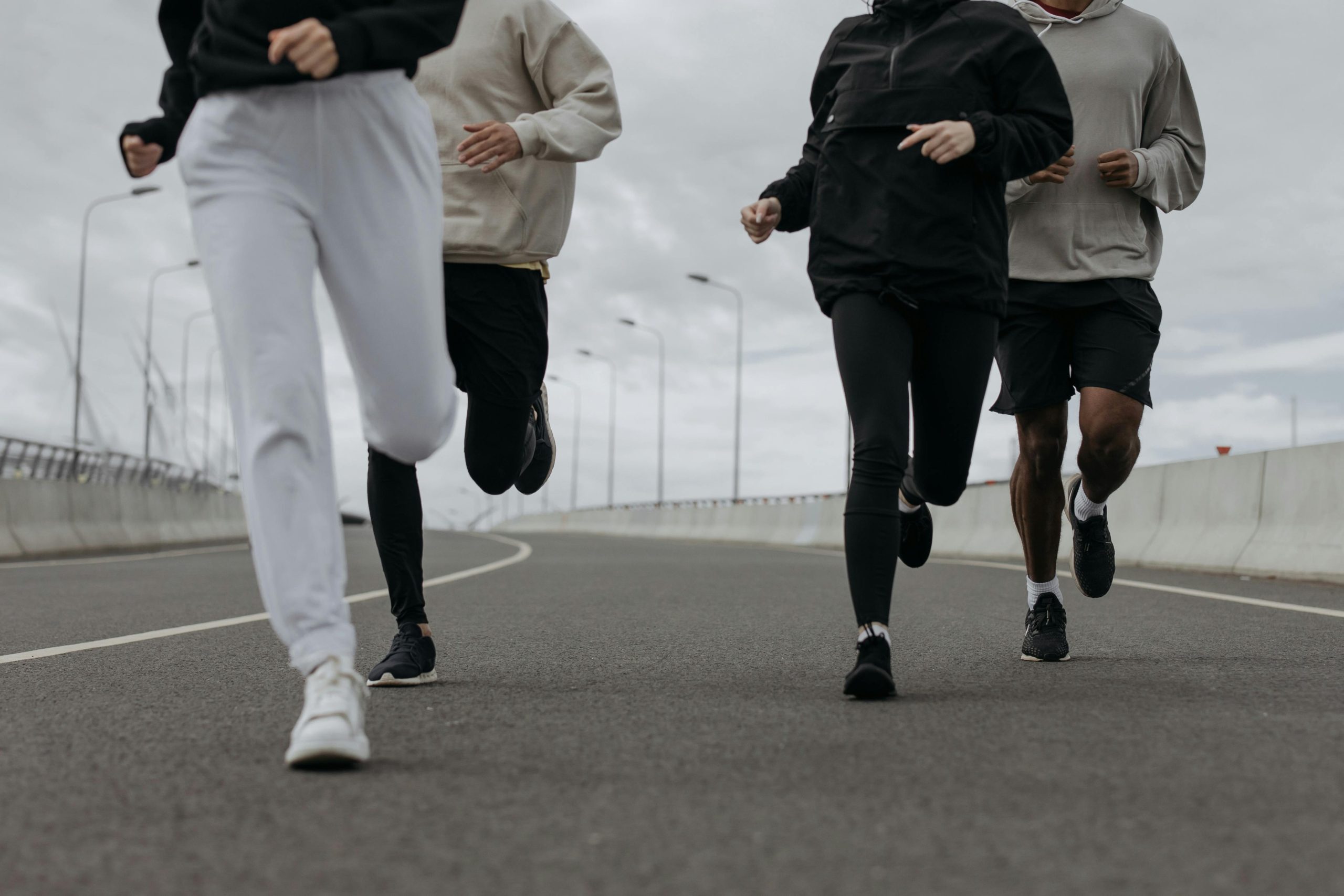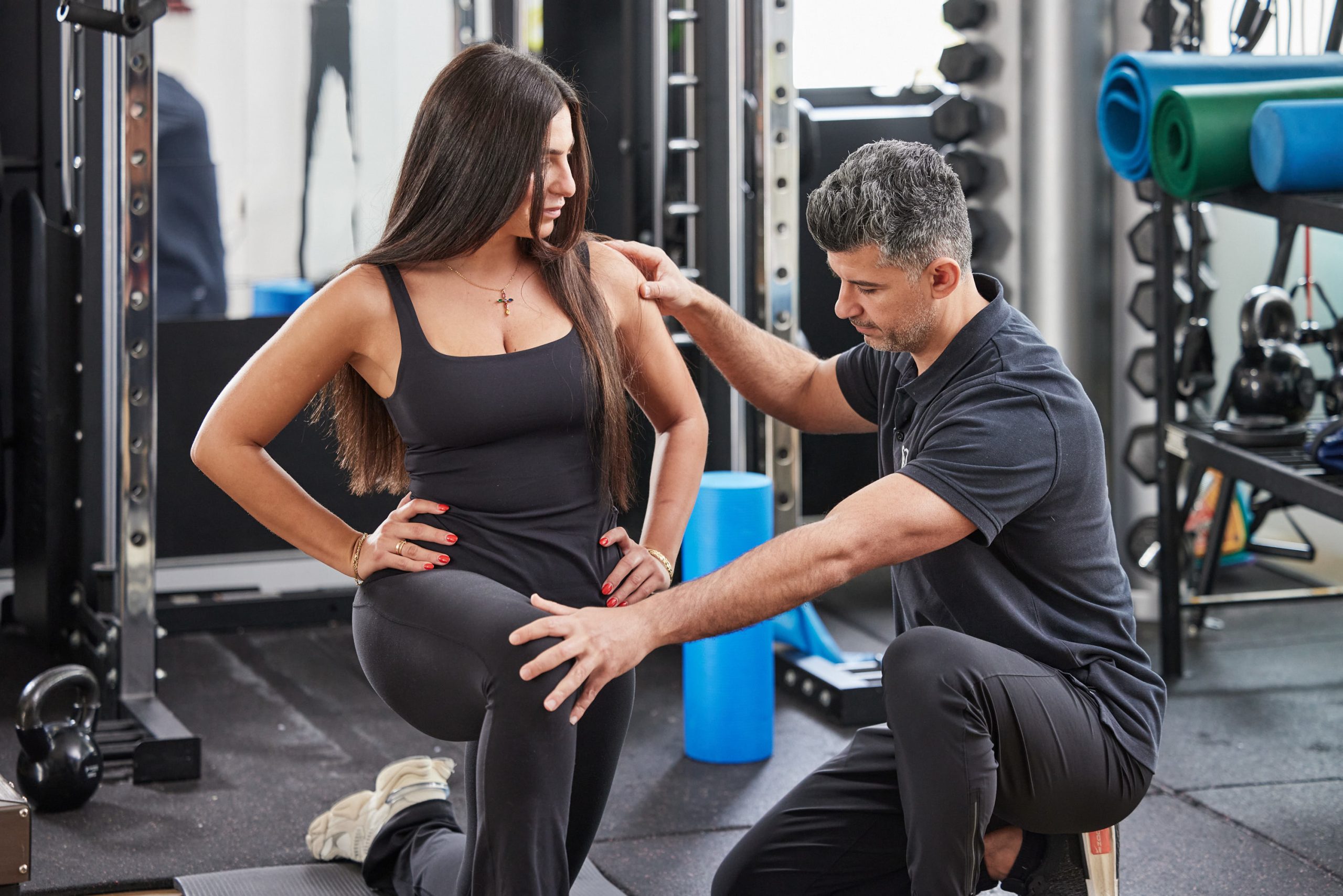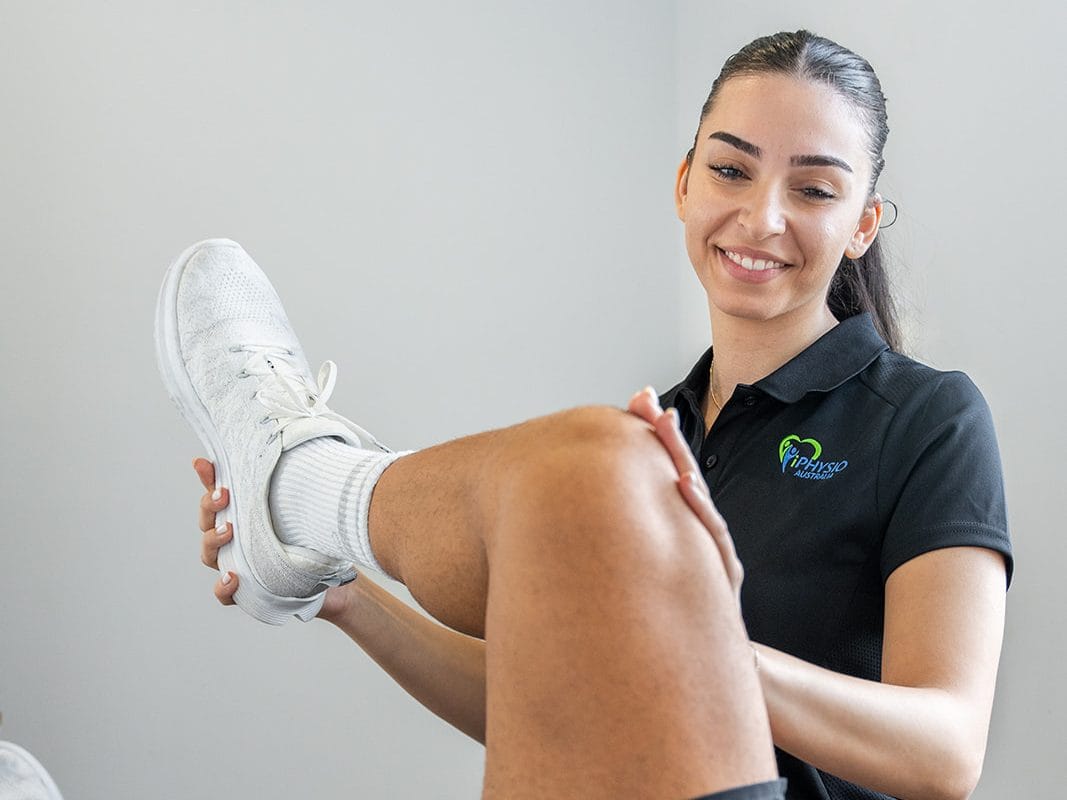
As a physiotherapist, I often see young people come into the clinic with knee pain that flares up during or after sport, especially those involved in running, jumping, or kicking. One of the most common diagnoses in active adolescents is Osgood-Schlatter Disease. It may sound a little intimidating, but the good news is, it’s manageable and usually temporary.
Let’s break it down together so you can better understand what it is, how to treat it, and what you or your child can do to stay active and pain-free.
What Is Osgood-Schlatter Disease?
Osgood-Schlatter Disease or Syndrome is a common condition affecting growing adolescents, typically between the ages of 10 and 15. It involves inflammation where the patellar tendon attaches to the tibial tuberosity, that is, the bony bump just below the kneecap.
When young athletes are in the middle of growth spurts, their bones, muscles, and tendons don’t always grow at the same rate. This can put extra strain on the growth plate in the knee, especially during activities that involve repetitive stress like soccer, basketball, athletics, or dancing.
Common Signs and Symptoms
- A painful, tender bump just below the kneecap
- Pain that worsens with activity (e.g., running, jumping, squatting)
- Swelling or inflammation around the knee
- Tightness in the thigh muscles (especially the quadriceps)
- Discomfort that eases with rest
Importantly, Osgood-Schlatter isn’t caused by a traumatic injury, but by repetitive stress over time.
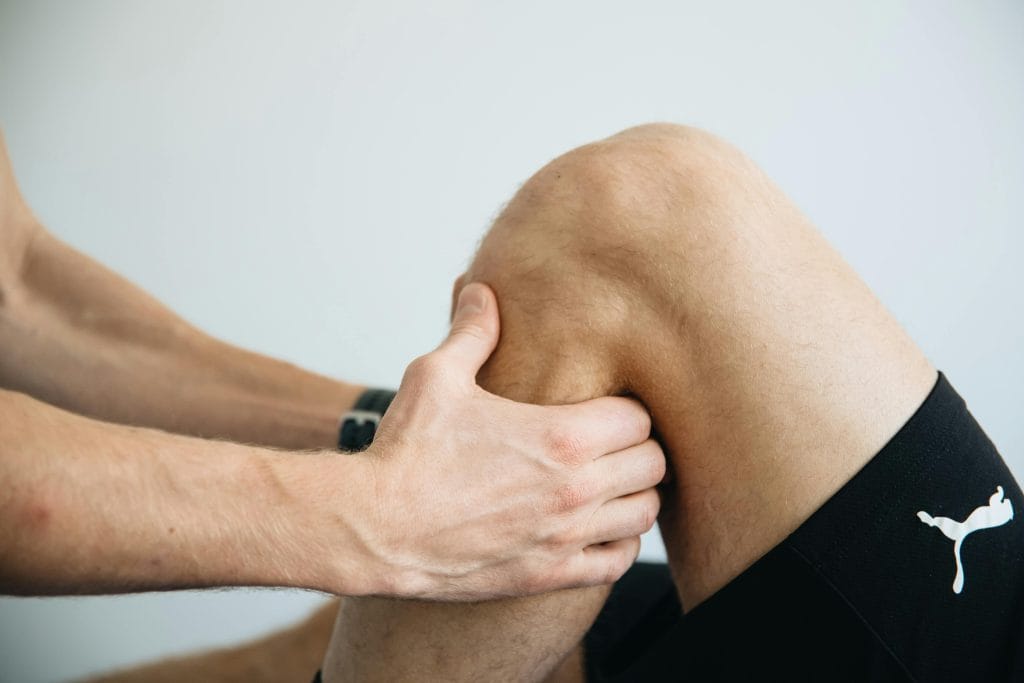
Who’s at Risk?
- Active kids and teens who regularly play sport
- Children experiencing rapid growth spurts
- Those with tight quads or hamstrings, which can increase pressure on the knee
- Boys tend to be diagnosed more often, but girls can absolutely experience it too, especially with increasing participation in sport
How Is It Treated?
The main goal is managing symptoms and allowing the knee time to settle. Thankfully, most cases of OSD resolve on their own once the child’s growth slows down, usually within 12-18 months.
As a physiotherapist, I recommend:
- Relative rest: not complete inactivity, but modifying training and sport to avoid high-impact movements that aggravate symptoms
- Ice packs: to reduce inflammation and ease pain after activity
- Stretching: especially the quadriceps, hamstrings, and calves to reduce tension on the knee
- Strengthening: for the surrounding muscles (hips, thighs) to support the knee better
- Taping or bracing: in some cases, for added support during sport
- Footwear checks: well-fitted, supportive shoes can make a difference
Most importantly, we encourage kids to stay active, just in a way that respects their body’s signals.
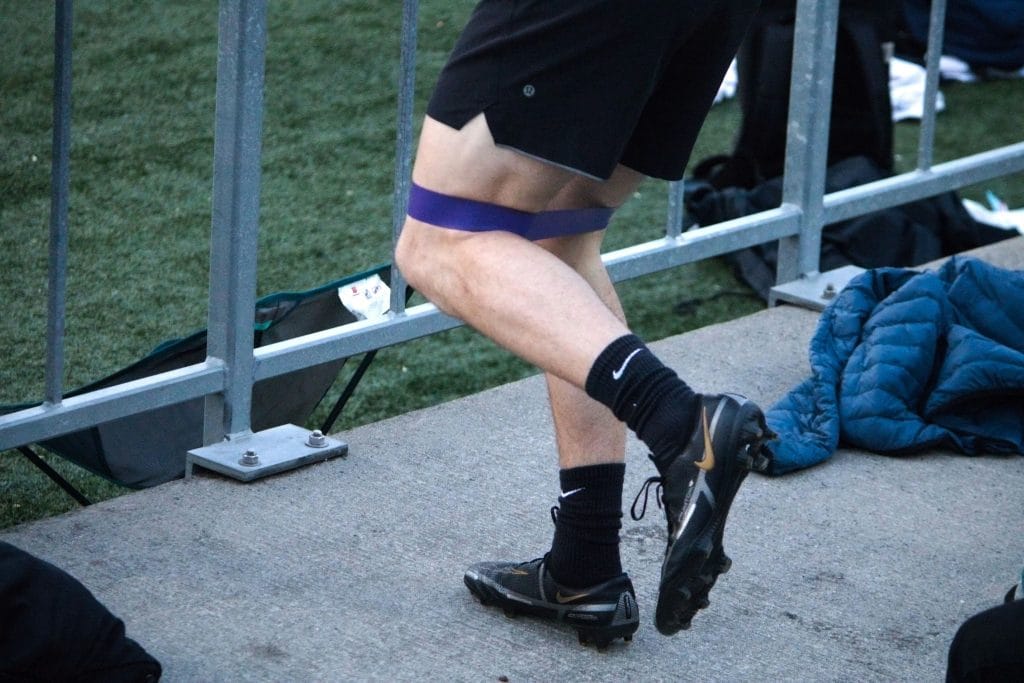
Can They Still Play Sport?
Yes, with some adjustments and guidance, most kids can continue playing at a lower intensity or reduced frequency. It’s all about balance: avoiding the movements that cause sharp pain, while keeping the body moving and strong.
When to Seek Help
If your child is experiencing persistent knee pain that worsens with activity or interferes with daily life, it’s a good idea to get it assessed. Our physiotherapists can confirm whether it’s Osgood-Schlatter or another condition and guide you through a safe, supportive recovery plan.
Final Thoughts
Osgood-Schlatter Disease is common, temporary, and very manageable, especially with early support and education. At our clinics, we’re here to help kids and families understand what’s going on, adjust activity levels, and build strength and confidence during this unique stage of development.
If you or your child are experiencing knee pain during sport, feel free to reach out. We’d be happy to help them get back to doing what they love, comfortably and safely.
Related Posts
If you’ve ever spent time at the gym or watched an athlete’s warm-up routine, chances are you’ve seen someone rolling back and forth on a large cylindrical piece of foam. Foam rolling has surged in popularity over the past decade, and for good reason. But the big question remains: does it actually work? Let’s take […]
Whether you’re training for your first 5K or you’re a seasoned marathoner, one truth holds firm: most runners will experience a running injuries at some point in their lives. It’s part of the territory when you’re pushing your body to perform, but with the right knowledge and training approach, you can reduce your risk and […]
As the chill of winter fades and the days grow longer, spring is the perfect time to shake off the winter blues and embrace the great outdoors. Outdoor exercise not only boosts your physical fitness but also enhances your mental well-being, giving you a fresh start with the new season. Whether you’re a seasoned athlete […]



